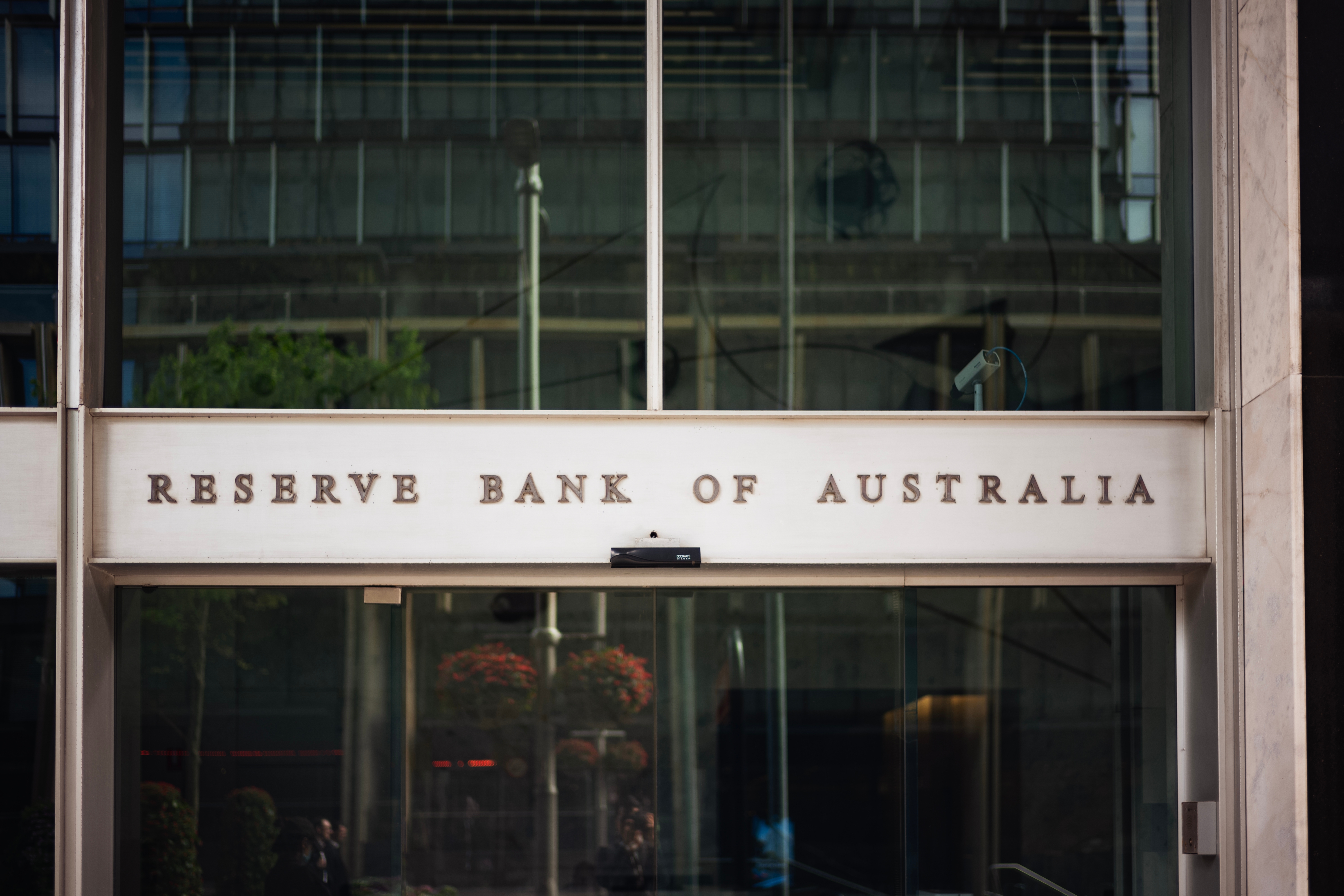The Reserve Bank of Australia (RBA) is working with the local financial services sector to explore how a central bank digital currency (CBDC) might work in the local context.
The focus is on understanding how new ledger arrangements and concepts like tokenisation, programmability and atomic settlement could deliver benefits for the Australian economy and financial system.
Through Project Acacia, the RBA is exploring how wholesale digital money and infrastructure, including a wholesale CBDC, might work in Australia, rather than looking at how a retail CBDC may work.
As Brad Jones has said, a wholesale CBDC would represent more of an evolution than a revolution in our monetary arrangements. There is also a widely held view a digital Australian dollar would not address any particular problem in the national currency, which works well.
It's important to understand how new concepts such as tokenisation work in the world of digital currencies to appreciate their novel features.
Tokenisation, which is the process of converting an asset, such as physical property or digital data, into digital tokens on a blockchain, offers a range of benefits as a means of conferring ownership rights. Because it's tokenised, the asset can be is flexible. It's not just a line in a spreadsheet, it can be programmed and interact with other assets.
Tokenised assets can be updated in real time and programmed by a smart contract that can exchanged 24/7 on a centralised ledger. They have liquidity, transparency and audit trail benefits, shorter settlement times and lower intermediary costs. But bringing them into the mainstream financial system requires investment in interoperability, which is the ability of different systems, devices, applications or products to connect and communicate in a coordinated manner, exchanging and using information.
As the banking and finance sector explores the potential for digital currencies, atomic settlement is the holy grail. At the moment, to settle a transaction requires an intermediary. But atomic settlement looks to achieve instant, coordinated settlement. There is no settlement failure and no one is out of either collateral or cash.
Mainstream adoption of digital assets has had to wait until certain safeguards were in place, such as sufficient custody services to handle transactions. Many of these limitations have been addressed and professional global organisations that offer digital custody are now in place.
The RBA’s Project Acacia is presently going through a request for information process to produce a shortlist of banks that will be involved. At the same time, banks are developing use cases around CBDCs and determining the partners with whom they will work.
“Tokenisation is trying to achieve efficiency, which means lower cost and higher speed. Just say you’re a lead manager selling a bond and there are rules about who the bond can be sold to, the smart contract can be programmed so the bond is only sold to a qualified Australian investor, for instance,” says Sophie Gilder, managing director, blockchain and digital assets at the Commonwealth Bank.
There is a vast amount of investment going into exploring how digital currencies could work.
“It's a very global initiative, but each country has completely different objectives for implementing a CBDC, which is why there are different areas of inquiry in different countries,” says Gilder.
“In Australia, we have a relatively sophisticated financial market and fast, efficient payments. So, if we were to implement a CBDC, the question is what it would achieve if we already have efficient payments, which is a different question to that being asked in some countries,” says Gilder.
For instance, in some less developed markets, CBCDs can be a mechanism for financial inclusion.
CBA has been involved in all the RBA’s CBDC pilots since Project Atom in 2019. This explored whether using a shared distributed ledger technology for issuing a wholesale CBDC could improve the efficiency, speed and transparency of payments. The big four bank is preparing its use case for Project Acacia.
The uncertain path of CBDC
There is still conjecture about whether a CBDC is necessary.
As University of Sydney professor of digital work and organisation, Daniel Schlagwein explains, blockchain technology may not naturally lend itself to control by central authorities, including central banks.
“Blockchain-based digital currencies do not want to operate in something like the nation state. What Bitcoin and blockchain technology were created for is a globalised, digitalised socioeconomic system. They were designed to provide a global alternative to the central banking system. I am not saying we will not pull off CBDCs, I hope we do, and there will be use cases,” says Schlagwein.
“But the application of blockchain technologies across the financial system may not be as extensive as some thought. Good use cases may be in greenfield markets such as carbon and biodiversity credit systems,” he says.
In terms of next steps, as the Project Acacia consultation paper outlines, membership of the industry advisory group will be announced in March. This group, composed of experts from various fields, will provide advice on the project and on future research priorities.
From April 2025, finalised use cases will be selected for development and testing from May to October 2025. Participants will potentially conduct real-money pilots or proofs of concept, depending on the nature of their use cases.
By the end of 2025, the RBA Digital Finance Cooperative Research Centre will publish a comprehensive report, summarising the lessons learned and their implications for the future of wholesale tokenised asset markets and digital money in Australia.
It will be fascinating to see how Project Acacia helps shape Australia's future financial system, providing insights into the viability and potential benefits of a wholesale central bank digital currency in the local context.








